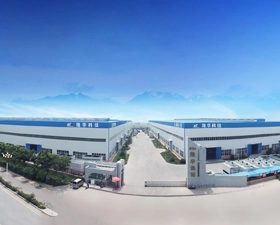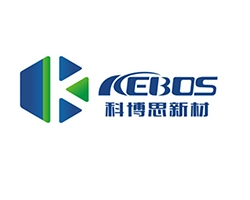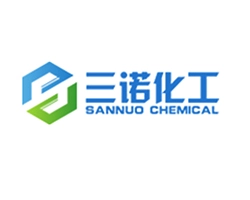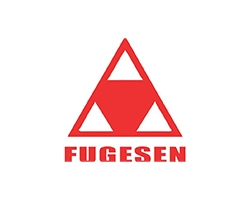As a key material in modern industry, sputtering target is widely used in various high-tech fields. The main function of sputtering target is to transfer the target atoms to the surface of the substrate through sputtering process to form a thin film. This thin film has an irreplaceable role in semiconductor manufacturing, optical coating, solar cells, decorative coating and other fields. With the continuous progress of science and technology, the performance requirements for sputtering targets are getting higher and higher, and the traditional metal sputtering targets can no longer meet the demand in some applications. At this time, machinable ceramics sputtering target came into being.
Working Principle of Machinable Ceramics Sputtering Target
The working principle of machinable ceramic sputtering targets is based on the sputtering process, which is a physical vapor deposition (PVD) technology. The sputtering process starts in a vacuum chamber where a plasma is formed between the target and the substrate by applying a high voltage. Energetic ions in the plasma are accelerated by an electric field and hit the surface of the target, causing atoms or molecules to be knocked out of the target. These knocked out atoms or molecules migrate in a vacuum environment and are eventually deposited on the surface of the substrate to form a uniform thin film.
There are physical and chemical reactions in this process. The collision and energy transfer between the energetic ions and the target is the physical reaction, and the target atoms and the gas molecules in the plasma will react chemically to form new compounds. Sputtering process in the combination of these two reactions can be formed on the surface of the substrate with specific physical and chemical properties of the film.
Manufacturing Process of Machinable Ceramics Sputtering Target
The manufacturing process consists of many steps. The first is the selection of raw materials, high-purity ceramic powder is prepared by chemical synthesis or physical methods to ensure that its purity and particle size distribution meets the requirements. Once the raw materials have been selected, the preparation stage begins with the mixing and grinding of the raw material powders to obtain a uniform particle distribution and appropriate particle size. This is usually done using a ball mill or other grinding equipment to ensure uniformity and processability of the powder. Next comes the molding process, one of the key steps. Common molding methods include compression molding and injection molding. Compression molding involves pressing ceramic powder under high pressure to make a blank of the desired shape, while injection molding involves mixing ceramic powder with a binder and forming it through an injection mold. Both methods have their advantages and disadvantages, and the choice depends on the shape and performance requirements of the product. Sintering process is the molded blank sintered at high temperatures to make it dense and obtain the desired mechanical and physical properties. Control of the sintering temperature and time is critical and is usually carried out in a high temperature furnace to ensure the densification and homogeneity of the ceramic material. Finally, there is the post-processing stage, which includes mechanical processing and surface treatment. Mechanical processing is the precision machining of the sintered ceramic target to achieve the desired size and shape. Surface treatment, on the other hand, is to polish and coat the surface of the target to improve its surface quality and usability.


 EN
EN
 jp
jp  ko
ko  fr
fr  de
de  es
es  it
it  ru
ru  pt
pt  ar
ar  tr
tr 











